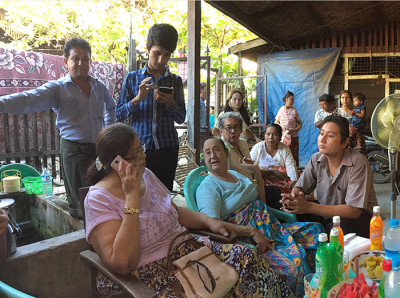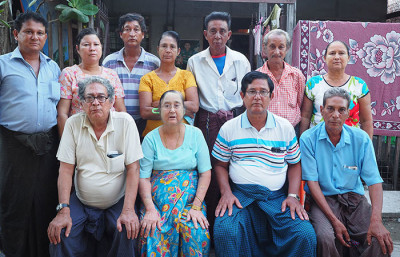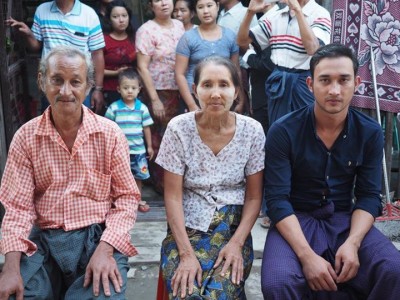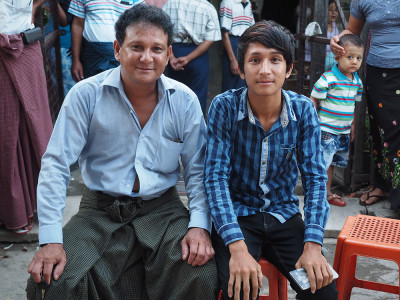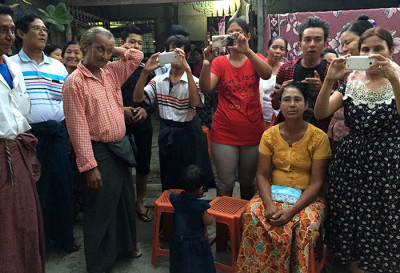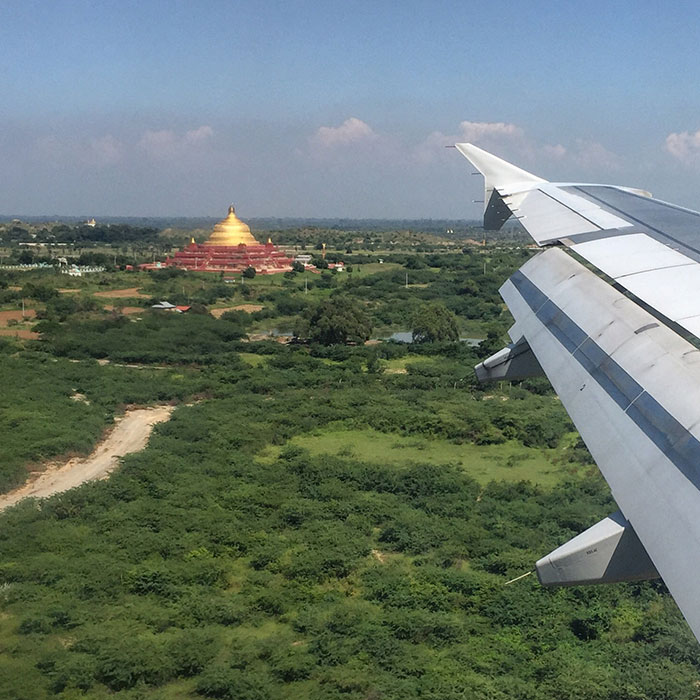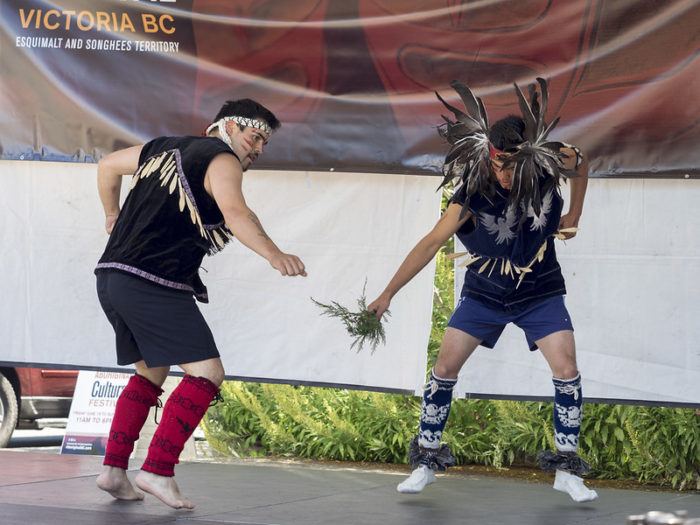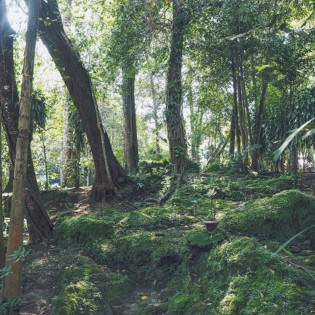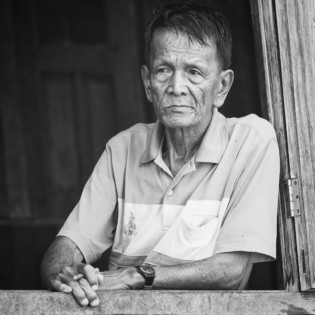The long road to Mandalay
I have always known that my paternal heritage is from Myanmar. I’ve also known about the political and humanitarian issues there. I have followed the news as much as I could and watched any documentary I could get my hands on over the last ten years. I never expected anything to change though I wished and I hoped it would.
As much as I wanted to join in ‘Free Burma’ campaigns, I didn’t because you live in fear that “they” would find out and my relatives would feel the repercussions. I was careful with what was said or shared on social media.
In 2010, Daw Aung San Suu Kyi was released from house arrest after 15 years. In November 2012, I stayed up into the wee hours and watched when Barack Obama visited Myanmar and made history by becoming the first sitting United States president to do so. Hope was palpable, but we remained cautious.
I have always called the place where my father and grandmother are from, Burma. It’s also where a grandfather I’ve never met but spoke to once, lived, along with his parents and their parents and so on. Until about three years ago whenever someone asked me what my ethnic background was, and I mentioned Burma or Myanmar, most were puzzled as they had never heard of it let alone tell me where it was. It became routine to answer that it was in south-east Asia and is bordered by Bangladesh, China, Laos, Thailand, and India, that the people are similar to Thai people in appearance and that the food is influenced by Thai and Indian food, but is unlike anything most of have tasted and is unique.
Myanmar started to appear in “where to go” lists in travel magazines and my social media feeds slowly began to fill with images from the country in the last two years. Now I refer to it as Myanmar as that’s what most people know it as. Though when I say it, it sounds like ‘Myan-ma,’ not ‘My-an-mar,’ the ‘r’ is silent, and the ‘ma’ is abrupt. That is what my dad taught me.
About three years ago and after some significant changes, I decided I wanted to visit Myanmar. I told my dad about my desire to do so and asked him if he would join me. I wanted to learn about his history and see where he came from, meet my relatives that still live there and walk in the footsteps of my ancestors. I invited some of our cousins to join us. One of my dad’s first cousins and her husband were excited to come along as we started talking about plans more than two years ago.
I wanted to visit during Thadingyut, the Festival of Lights, on the full moon in October. It’s a time when pagodas, temples, and Buddhist homes are lit up with candles. It’s also a time when youth pay homage to their grandparents; I thought it would be meaningful.
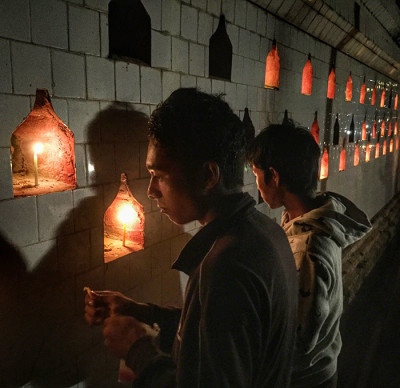
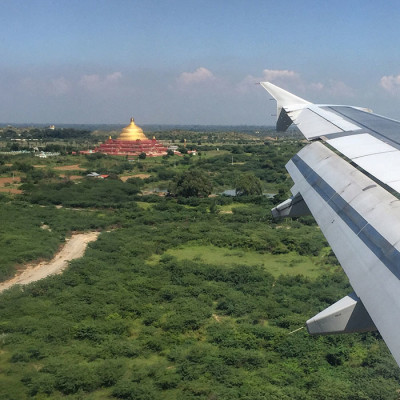
On October 21st, 2015, that day finally came. As my flight descended into Mandalay, I peered out the window with my father beside me, excited at first sight of golden stupas that dotted the landscape and the brown-coloured Irrawaddy River that snaked its way through the city.
Checking into our hotel, I turned and noticed a face I had only recognized from Facebook but had known about all my life. My father’s first cousin from Yangon and her husband were sitting in the lobby of our hotel. They travelled to Mandalay to accompany us around the city and to meet our relatives. We all greeted one another and in that moment I was thankful that the Burmese government had relaxed its censorship of the Internet in the last two years so that we could connect on Facebook. It was the third time that my dad was seeing his cousin since he left his birthplace and home in Rangoon (Yangon), 50 years before.
We made our way through the dusty roads of Mandalay. Old motorbikes, scooters, and many new cars filled the streets. Soon we arrived at an alleyway. I wasn’t sure where we were, but I knew we were going to a cousin’s house. It was after 3:30 pm and I had just learned that our family had been waiting for us since 7 am even though we weren’t due to land in Mandalay until that afternoon.
I followed my aunty’s husband out of the van. In Myanmar culture, she is known as ‘aunty’ and not ‘first cousin once removed’ as it is here in Canada. As I walked through the alleyway dodging small potholes, uneven ground, garbage, motorbikes and orange betel nut splattered patterns I noticed there were small buildings on each side of me. Some made of bricks, some of woven bamboo. It looked like the back entrance of shops, but longyis, western clothes, and worn household blankets hung over the fences. I realized that the buildings were people’s homes and that we were in a residential neighbourhood. I looked ahead and noticed a group of people, maybe 30 or more. They watched as we walked towards them. I thought of how we would have to pass them as they looked on. Suddenly it dawned on me that the group were not random people, but were the family waiting for us.
That day I met 11 of my granduncle’s 12 children (my father’s first cousins), some of their children and their families. There were over 50 people in attendance of the more than 90 relatives I have in Mandalay. Even though it was slightly overwhelming and there was a significant language barrier, my heart was full. It took a long time to get there, more than 40 years.
